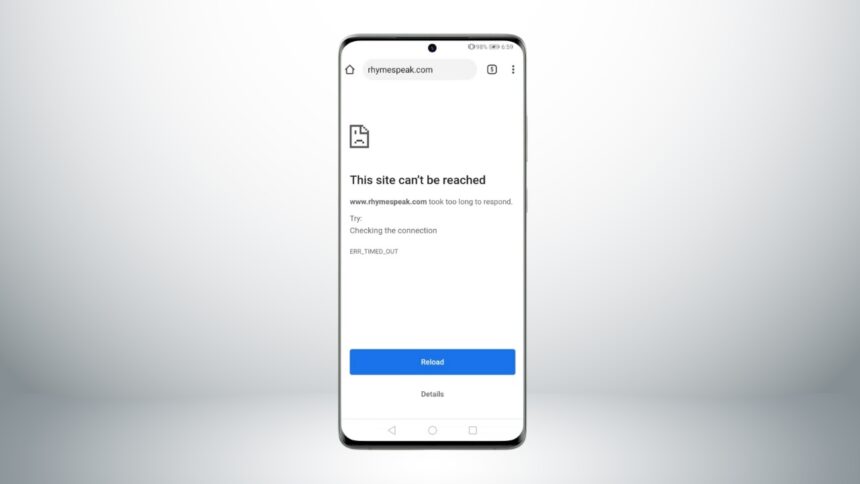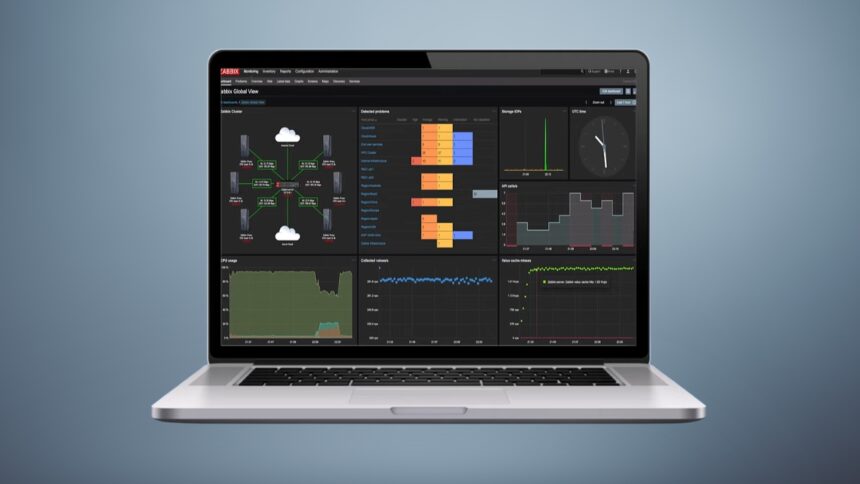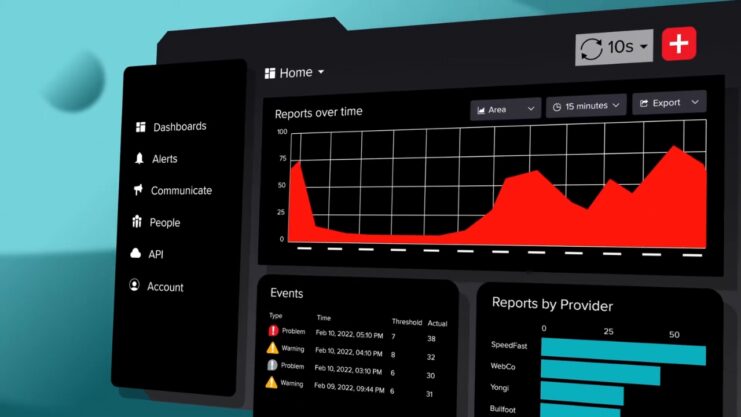In the digital age, where online presence is crucial for almost every business and individual, knowing whether a website is up or running smoothly is more important than ever. A website’s downtime can mean lost revenue, diminished user trust, and a negative impact on search engine rankings.
How can you tell if a website is down, especially when the issue might be on your end? In this comprehensive guide, we’ll explore ten effective strategies for monitoring website status, ensuring that you’re always in the know about your site’s health and performance.
1. Manual Checks

The first and most straightforward method to check if a website is up is by attempting to access it from your web browser. If the site doesn’t load, displays an error message, or takes too long to respond, it might be down.
However, this method isn’t foolproof as local issues like a problem with your internet connection, browser configuration, or caching might give you the wrong impression about the site’s status- learn more here.
2. Incognito Mode
To rule out issues related to browser cookies and cache, try accessing the website using your browser’s incognito or private browsing mode. This ensures that you’re viewing the site fresh, without any stored data potentially affecting its loading. If the site opens correctly in incognito mode but not in regular browsing, the issue likely lies with your browser or network settings.
3. Different Devices and Networks
Another simple yet effective approach is to try accessing the website from different devices and networks. For instance, if a site doesn’t load on your computer, try opening it on your smartphone using a cellular connection instead of your home Wi-Fi. This can help you determine whether the problem is with your device, network, or the website itself.
4. Use Online Tools
Several online tools and services can check a website’s status for you. Websites like Down for Everyone or Just Me, IsItDownRightNow, and DownDetector offer quick and easy ways to see if a website is experiencing downtime globally or if the issue is localized to your connection. These tools work by attempting to access the target website from their servers, providing an external check on its availability.
5. Ping Command
For those comfortable using the command line, the ping command is a valuable tool for checking website status. By opening your command prompt or terminal and typing “ping [website address],” you can see if the website’s server responds. A successful ping shows the server is reachable, indicating the site should be up, although this doesn’t guarantee that the website is fully operational.
6. Traceroute Analysis
Traceroute is another command-line tool that can help diagnose website accessibility issues. It shows the path your data takes to reach the website’s server, highlighting where any delays or failures occur. This can be particularly useful for identifying network problems that might be preventing you from accessing a site.
7. Website Monitoring Services

For website owners and administrators, dedicated website monitoring services offer a more comprehensive solution. These services continuously check your website from various locations worldwide, alerting you via email, SMS, or push notifications if your site goes down. Many also provide performance reports, helping you understand your site’s uptime trends and identify potential reliability issues.
8. Social Media and Forums
Sometimes, the fastest way to find out if a website is down is by checking social media platforms or forums like Reddit. Users often report outages in real-time, offering a quick way to see if others are experiencing the same issues. This can be especially useful for widespread outages affecting many users.
9. Check With Your Web Host
If you’re managing the website in question, checking in with your web hosting provider can offer insights into any ongoing issues or maintenance activities that might be affecting your site’s availability. Most web hosts provide a status page or support hotline where you can get updates on server status, planned maintenance, or reported outages.
10. Error Messages

Finally, understanding the common error messages browsers display can offer clues about why a website might be down. For instance, a “404 Not Found” error indicates a problem with the specific page’s URL, whereas a “503 Service Unavailable” error suggests a temporary issue with the server hosting the website.
By familiarizing yourself with these error codes, you can better diagnose and respond to website accessibility issues.
FAQs
What Does It Mean if A Website Loads Slowly, but Doesn’t Fully Time Out?
If a website loads slowly but doesn’t fully time out, it may indicate a performance issue rather than the site being down. This could be due to high traffic volumes, inefficient web design, or limitations of the hosting server. Tools like Google PageSpeed Insights can help identify specific areas for improvement to enhance loading times.
Can a VPN Affect how I Check if A Website Is up Or Down?
Yes, using a VPN can affect your ability to accurately check if a website is up or down. A VPN changes your IP address and can make it appear as though you’re accessing the internet from a different location. If a website is restricted or facing issues in your VPN’s location but not in your actual location, it might falsely appear to be down when it’s actually accessible.
Are There Any Browser Extensions that Can Help Monitor Website Status?
Yes, there are browser extensions available that can help you monitor website status directly from your browser. These extensions can notify you when a website goes down or becomes inaccessible. However, it’s important to research and select extensions from reputable developers to ensure accuracy and security.
How Often Should I Check My Website’s Status?

The frequency of checks depends on the critical nature of your website. For business-critical websites, using a monitoring service that checks every minute may be necessary. For less critical sites, checks every 10 to 30 minutes might be sufficient. Automated monitoring services can provide peace of mind by continuously checking the website’s status without manual intervention.
What Is the Difference Between HTTP and Ping Monitoring?
HTTP monitoring involves making a request to a website’s server and waiting for a response, similar to what happens when you visit a website in your browser. It checks not just if the server is reachable but also if the website’s content is being served correctly.
Ping monitoring, on the other hand, simply checks if the server is reachable without requesting any specific content from the website. Ping is more about the network connection to the server, while HTTP monitoring provides a more complete picture of website availability and performance.
Can Changes to DNS Settings Cause a Website to Appear Down?

Yes, changes to DNS (Domain Name System) settings can cause a website to appear down. If DNS settings are misconfigured or if DNS changes haven’t fully propagated across the internet, users may not be able to access the site.
DNS propagation can take anywhere from a few hours to 48 hours, during which the website might be inaccessible to some users while appearing up to others. Monitoring tools that check from various locations globally can help identify if a DNS issue is causing website downtime.
Final Words
Monitoring a website’s status requires a multifaceted approach, especially given the range of potential issues that can lead to downtime. By combining manual checks, using online tools, understanding common error messages, and employing dedicated monitoring services, you can ensure you’re always informed about your website’s health.
Whether you’re a website owner looking to maintain a seamless online presence or a user trying to access your favorite sites, these strategies will help you navigate the complexities of the digital world with confidence.




















